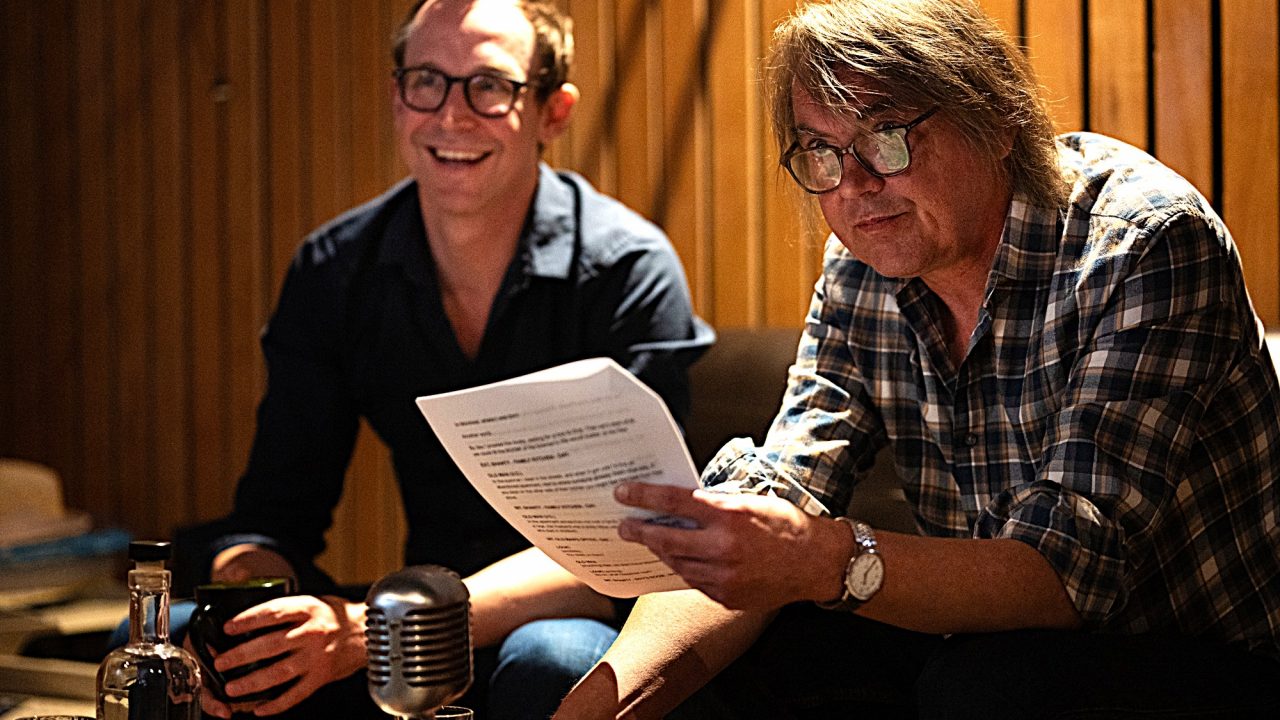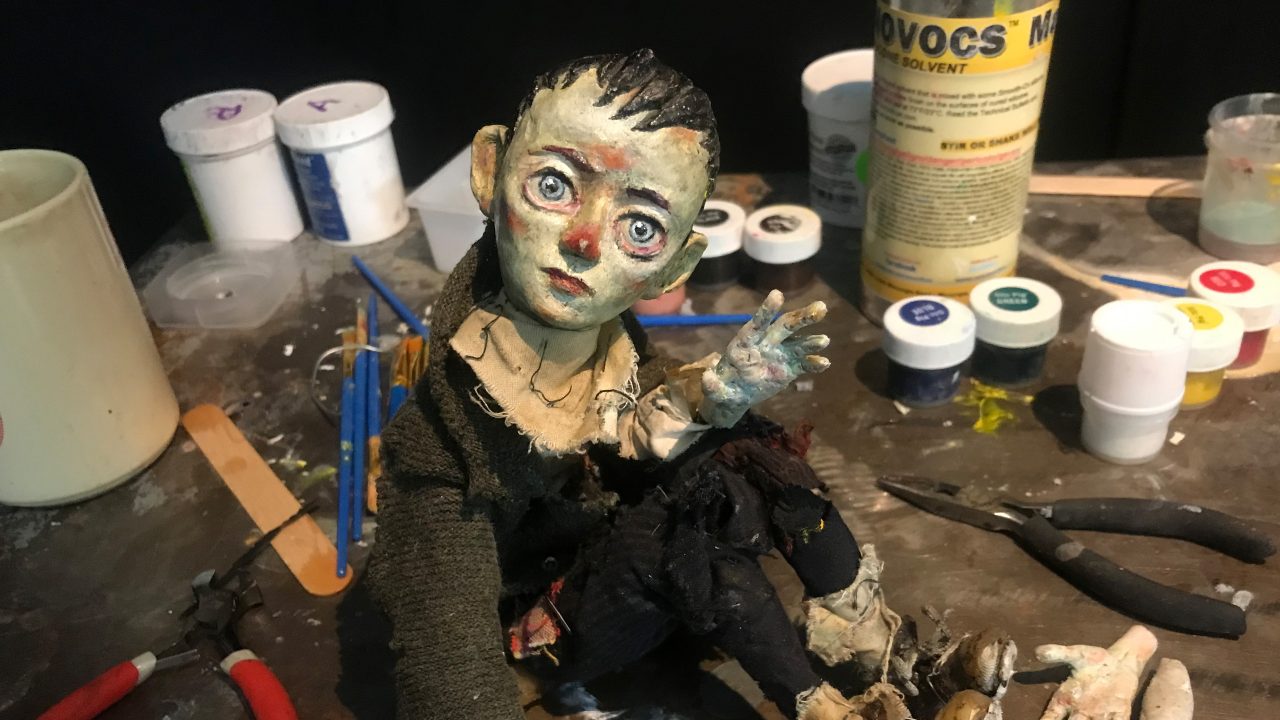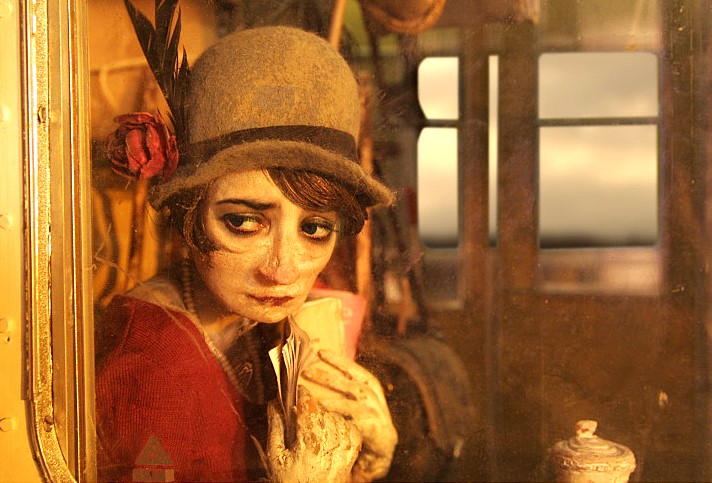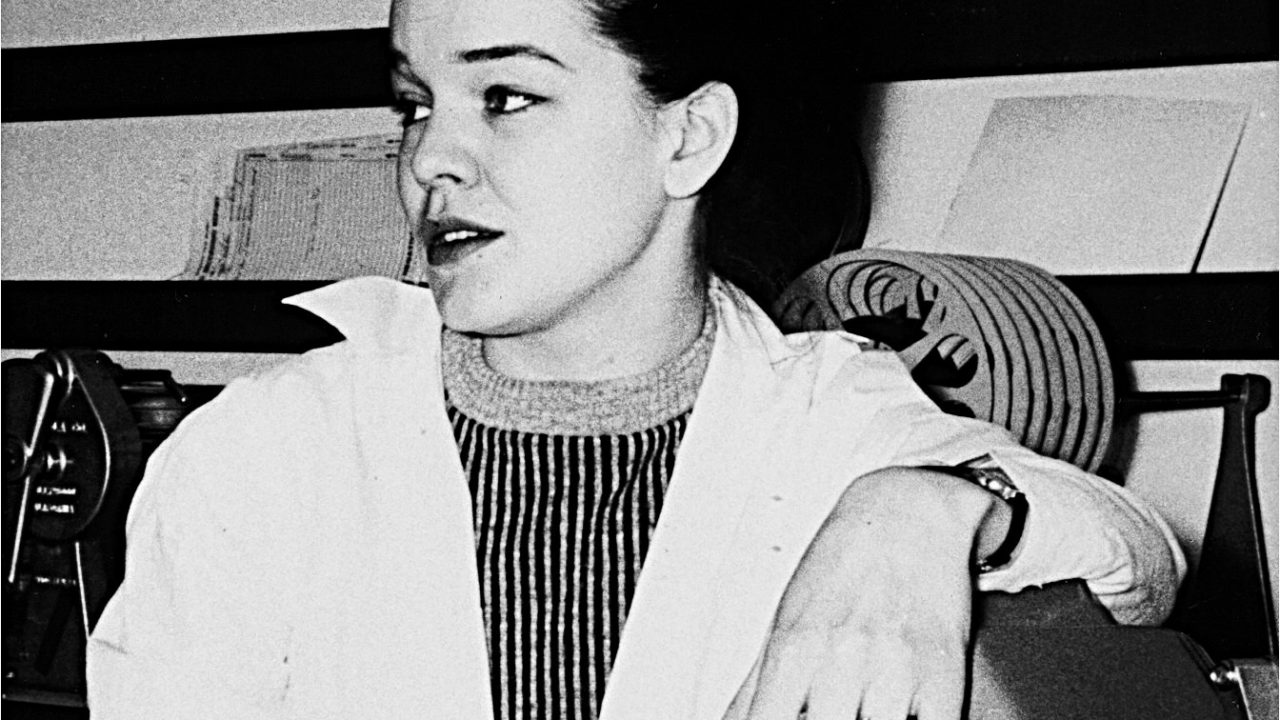
Three Landmark 2SLGBTQIA+ Films from the NFB’s Vault | Curator’s Perspective
Three Landmark 2SLGBTQIA+ Films from the NFB’s Vault | Curator’s Perspective
The NFB has been producing films about the lives and experiences of 2SLGBTQIA+ communities since the late 1960s, ahead of most other national cinemas around the world. To celebrate this year’s Public Service Pride Week (PSPW), taking place August 19–23, we’ve digitized and cleared the rights for three milestones from our collection that are now available for free on NFB.ca.
This instalment of Curator’s Perspective looks back at this trio of acclaimed films that pushed the boundaries of 2SLGBTQIA+ cinema in Canada: a doc about Canada’s (relatively) progressive politics and the historic legalization of same-sex marriage, a film from the early 1990s featuring the inspiring testimonies of gay and lesbian youth, and a controversial NFB production that “may be the gayest film ever made in Canada.”[i]
But before we begin, I invite you to watch Laura O’Grady’s k.d. lang: songs & silence (2023), about the world-renowned musician, 2SLGBTQIA+ activist and icon, as she delves into the essence and significance of musical expression. This title is part of our collection of shorts made to honour the laureates of the Governor General’s Performing Arts Awards.
k.d. lang: songs & silence, Laura O’Grady, provided by the National Film Board of Canada
The 2000s: Albert Nerenberg’s Take on Same-Sex Marriage
Born in London, Ontario, indie Canadian filmmaker Albert Nerenberg has directed a number of films that became hits in North America (e.g., Stupidity in 2003 and Laughology in 2009). In 2005, he directed the NFB co-production Escape to Canada, which opens with black-and-white footage from NFB newsreels and the question, “When I say Canada, what do you think of?” Known for his provocative humour, Nerenberg provides answers like “monotonous talking” or “boring,” then goes on to challenge typical beliefs about his native country.
Escape to Canada, Albert Nerenberg, provided by the National Film Board of Canada
The opening scenes are followed by two women kissing, people smoking marijuana and shots of the Pride Parade, while a voice on the soundtrack announces, “It’s legal, legal, legal…” and the voiceover states: “With the arrival of the new millennium… something changed in Canada.” The story begins in 2003, when by apparent coincidence, gay marriage and marijuana are legalized on the same day. Nerenberg examines these two events, focusing on the very first same-sex marriage that took place in Canada and the testimonies of a gay couple, contrasted with the views of US conservatives. Taking his signature, no-holds-barred approach, Nerenberg’s Escape to Canada explores aspects of national pride and freedom, as he puts it, “in a new Canadian style.”
The 1990s: Invaluable Insights from the Youth
Next up, Out: Stories of Lesbian and Gay Youth (1993) offers an intimate exploration of the struggles and victories of gay and lesbian youth in Canada in the early 1990s. Few Canadian documentaries dealt with 2SLGBTQIA+ subject matter back in those days, which already makes this film noteworthy. Delving into the emotional, social and family conflicts that these youth often face, the doc breaks the damaging silence surrounding sexual orientation and difference. Out seeks to provide awareness, understanding and hope to young people, the 2SLGBTQIA+ community, parents, counsellors and educators.
Out: Stories of Lesbian and Gay Youth (European Version), David Adkin, provided by the National Film Board of Canada
The film was originally requested by Dr. Albert McLeod for an event last year and to commemorate the doc’s 30th anniversary. But Out had to stay in our vaults for one more year due to rights’ conflicts; the director had made three versions of the film, and we had to request the digitization and restoration of the version that could be viewed free of charge on NFB.ca. While the other two versions are available in our vaults for consultation, we invite you to watch this key 2SLGBTQIA+ NFB title, which was filmed in Toronto and Thunder Bay, Ontario.
The 1980s: A Look Back at an Iconic French Program Film
“Passiflora may be the gayest film ever made in Canada,” wrote emeritus scholar and professor Tom Waugh: “[T]he two filmmakers surround the slickly orchestrated unanimity of rock and religion with fictional sketches of all the marginal characters it excludes, gay men, lesbians, women who undergo abortions, transvestites, assorted neurotics, and even heterosexual lovers…”[ii] Fernand Bélanger and Dagmar Teufel’s gem from the NFB’s French collection has been made available with English subtitles for free viewing nationwide during PSPW.
Passiflora, , provided by the National Film Board of Canada
Under the working title Le monde est à l’envers (the world is upside down), the film proposal submitted to the NFB began with the following: “This will not be a film ABOUT the youth… we will be fed by the expression of young people, expression most often stifled, marginalized but… [that] manages to live and survive and… to join a feeling that transcends borders and languages.”[iii] Passiflora is a slow-paced, experimental portrait of Montreal’s “otherness”[iv] in 1984; it’s a film composed of documentary, fiction, newsreels and even animation, and it could be split into two parts: day, when Pope John Paul II’s visit to the city is the predominant theme, and night, during which a Michael Jackson concert takes place. The filmmakers used the visits of these two famous figures as springboards to capture the broad diversity of Montrealers, and not just the ones who went on a pilgrimage to see these two very different icons. Passiflora is also a portrait of the people in charge of building, organizing and producing the events—as well as those left out or not involved in either of them.
Shot in five days, Passiflora was shown at nine festivals in Europe and North America[v] after premiering at Rencontres du cinéma québécois in Belgium on April 24, 1986. A local archbishop wrote a letter of protest about the film’s content when Passiflora was programmed at Winnipeg’s Counterparts International Festival of Gay and Lesbian Films in 1987. Some of the media helped put an end to rumours swirling around the film, noting that the archbishop had made his comments without having actually seen it[vi]—but his objection, among others, kicked off a string of urban legends that have haunted Passiflora until today. At Counterparts, its screening drew an audience of 200 people.[vii] This little-known film brings modern viewers a unique, once-in-a-lifetime picture of Montreal (its society, its people, its streets) in the mid-1980s.
2SLGBTQIA+ Cinema at the NFB
For the 2SLGBTQIA+ community, Pride Season begins on the (historic) 28th of June[i] and runs through July, up until PSPW in the third week of August. The NFB celebrates PSPW and this year, NFB.ca will also be offering these 2SLGBTQIA+ landmarks to commemorate Pride Season.
To conclude this blog post, I invite you to watch the following new release: Martin Talbot’s Michel Marc Bouchard: Speaking Out (2023), a window onto the world of a theatre giant; another title that is part of our collection of shorts made to honour the laureates of the Governor General’s Performing Arts Awards.
Michel Marc Bouchard: Speaking Out, Martin Talbot, provided by the National Film Board of Canada
Stay tuned for upcoming posts on 2SLGBTQIA+ cinema at the NFB. For now, we invite you to join us in marking PSPW by watching the entire selection of films available on our Films for Pride channel—a wide range of stories about identity, family and community, exploring the multitude of 2SLGBTQIA+ realities and experiences in Canada and abroad.
PSPW Dates: Aug 19-23
English Website – https://publicservicepride.ca/public-service-pride-week/
French Website – https://publicservicepride.ca/fr/public-service-pride-week/
This year’s theme = Unity in Diversity
Header Image by Philippe Panneton
[i] https://www.usatoday.com/story/news/2021/06/03/what-pride-month-means-look-history-lgbtq-celebration/7504029002/
[i] Waugh, Thomas (2000). The Fruit Machine: Twenty Years of Writings on Queer Cinema. Duke University Press, p. 170.
[ii] Ibid
[iii] Passiflora film proposal, September 1984, Project 02, p. 1, NFB Archives.
[iv] Zevallos, Zuleyka (2011). What Is Otherness? https://othersociologist.com/otherness-resources/. Accessed: June 20, 2024.
[v] Passiflora was shown in: Liège, Belgium, Rencontres du cinéma québécois (24-Apr-1986); Toronto, Festival of Festivals (04-Sep-1986) and the Grierson Film Seminar (08-Nov-1987); Troia, Portugal, International Festival of Cinema (01-Nov-1986); Winnipeg, Counterparts International Festival of Gay and Lesbian Films (27-Apr-1987); London, England, Piccadilly Film Festival (27-May-1987); Bordeaux, France, Semaine du cinéma québécois (24-Feb-1992); Rennes, France, Festival du film/Semaine CANADA (29-Mar-1993).
[vi] Murray McNeill, “Screening homosexual body worship of the Pope angers archbishop,” Winnipeg Free Press, April 29, 1987, REV-1987-04, NFB Archives.
[vii] Ibid
[viii] https://www.usatoday.com/story/news/2021/06/03/what-pride-month-means-look-history-lgbtq-celebration/7504029002/



